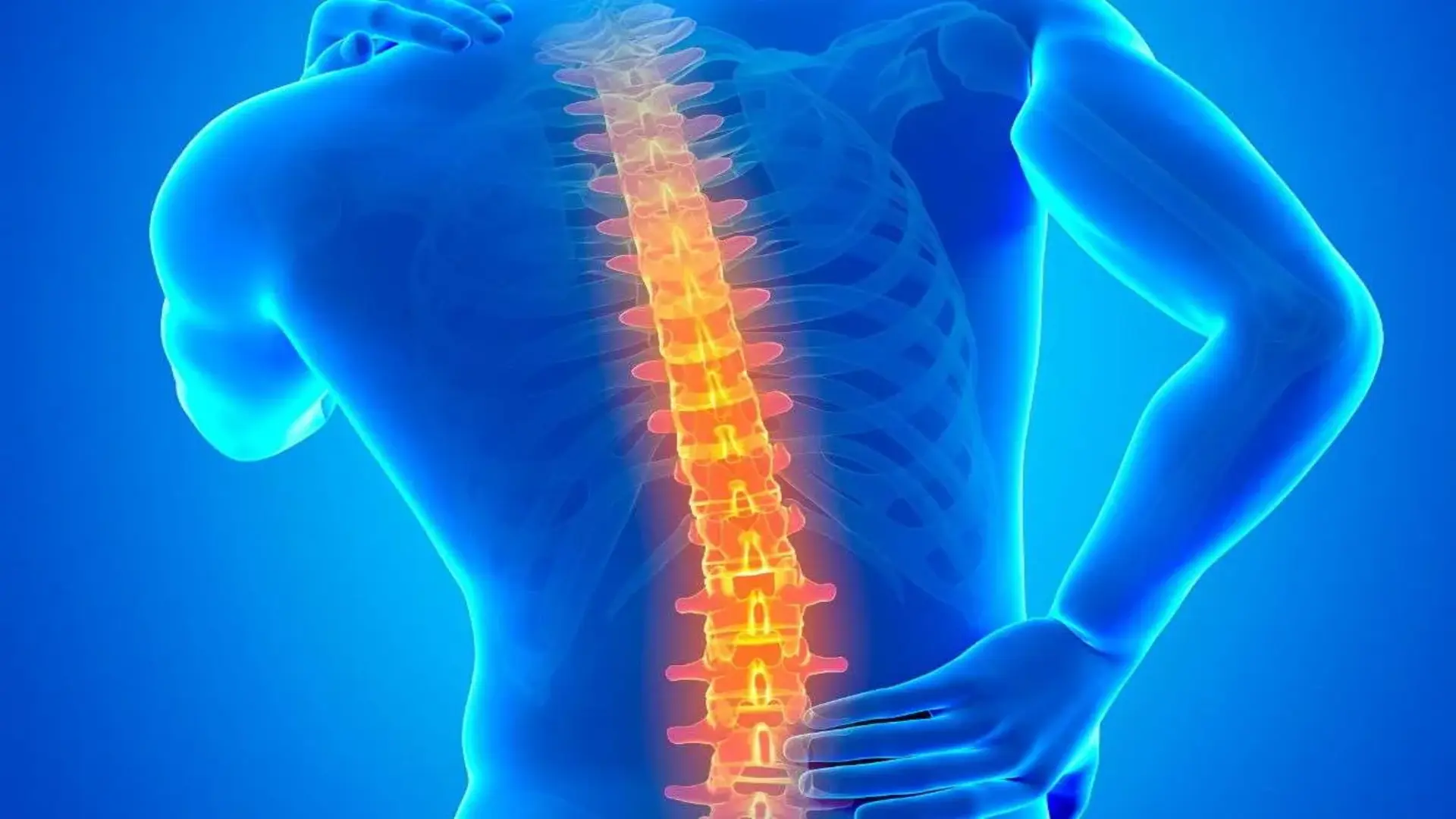Combining paracetamol (acetaminophen) and ibuprofen is a common strategy for managing moderate to severe pain and reducing fever. Recent guidelines support this combination for short-term pain relief, as it has been shown to be more effective than using either drug alone. This article provides an in depth look at their mechanisms of action, benefits, recommended dosages, safety considerations, and the latest clinical guidelines.
How Do Paracetamol and Ibuprofen Work?
Paracetamol (Acetaminophen)
- Works centrally in the brain to reduce pain and fever.
- Inhibits prostaglandin synthesis in the central nervous system (CNS).
- Does not have anti-inflammatory properties.
Ibuprofen
- A nonsteroidal anti inflammatory drug (NSAID) that works peripherally by inhibiting the cyclooxygenase (COX) enzymes, reducing the production of prostaglandins.
- Provides anti-inflammatory, analgesic, and antipyretic effects.
Why Combine Them?
Since paracetamol and ibuprofen have different mechanisms of action, they can be taken together to provide stronger pain relief while minimizing individual side effects. Consequently, clinical studies suggest that combining these drugs:
- Provides greater pain relief than either drug alone.
- Allows for lower doses of each medication, thus reducing the risk of side effects.
- Is effective for postoperative pain, musculoskeletal pain, headaches, and dental pain.
Latest Guidelines on Dosage and Administration
- Standard Dosing for Adults
According to updated guidelines, the recommended doses are:
- Paracetamol: 500–1000 mg every 4 to 6 hours, with a maximum daily dose of 4000 mg.
- Ibuprofen: 200–400 mg every 4 to 6 hours, with a maximum daily dose of 1200 mg (OTC) or up to 3200 mg (prescription-based, under medical supervision).
Combination Products (Fixed-Dose Tablets)
Many over-the-counter (OTC) products contain 500 mg of paracetamol + 150 mg of ibuprofen per tablet. Therefore, the recommended dose is 1–2 tablets every 6 hours, with a maximum of 8 tablets per day.
- How to Take Them Together
There are two main strategies:
- Taking them simultaneously: This provides faster and stronger pain relief.
- Alternating doses: This helps maintain continuous pain relief while reducing the risk of side effects.
For example, a patient can take:
- Paracetamol at 8 AM
- Ibuprofen at 11 AM
- Paracetamol at 2 PM
- Ibuprofen at 5 PM, and so on.
Safety Considerations and Precautions
- Risk of Overdose
- Avoid taking multiple medications containing paracetamol or ibuprofen (e.g., combination cold and flu medications).
- Do not exceed the daily limits of each drug to prevent liver toxicity (paracetamol) and stomach ulcers/kidney damage (ibuprofen).
- Who Should Avoid This Combination?
- Patients with liver disease: Since paracetamol is metabolized in the liver, overdose can cause acute liver failure.
- Patients with kidney disease, stomach ulcers, or CVS disease: NSAIDs like ibuprofen can worsen these conditions.
- Pregnant women (especially in the third trimester): Ibuprofen can harm fetal development.
Recent Clinical Evidence and Updates
- A 2023 systematic review published in The Lancet found that combining paracetamol and ibuprofen provided superior pain relief in acute conditions, including post surgical pain and headaches (Moore et al., 2023).
- In addition, the European Medicines Agency (EMA) has approved fixed-dose combination tablets containing both drugs, stating that they are safe and effective for short-term use (EMA, 2023).
- Furthermore, the National Prescribing Service (NPS) of Australia warns against dose confusion when taking combination products and advises careful label reading (NPS, 2023).
Conclusion: Should You Take Paracetamol and Ibuprofen Together?
- Yes, but only when necessary and within recommended dosages.
- It is ideal for short-term pain relief but should not be used for extended periods without medical advice.
- Always consult a healthcare provider before combining these drugs, especially for patients with chronic conditions, pregnancy, or older individuals.
By following updated clinical guidelines, you can safely maximize pain relief while minimizing risks.
References
- Moore RA, Derry S, Wiffen PJ, Straube S. (2023). “Combination analgesics for acute pain – Efficacy and safety of paracetamol and ibuprofen together.” The Lancet. Available at: https://pubmed.ncbi.nlm.nih.gov/36945023/
- European Medicines Agency (EMA). (2023). “Paracetamol/Ibuprofen 500 mg/150 mg film-coated tablets.” Available at: https://www.ema.europa.eu/en/medicines/human/referrals/paracetamol-ibuprofen-500-mg-150-mg-film-coated-tablets
- National Prescribing Service (NPS) Australia. (2023). “Dose confusion with paracetamol-ibuprofen combinations.” Available at: https://www.nps.org.au/news/dose-confusion-with-paracetamol-ibuprofen-combinations
Share your own article on Aumet Blog
To learn more about Aumet, contact us!










